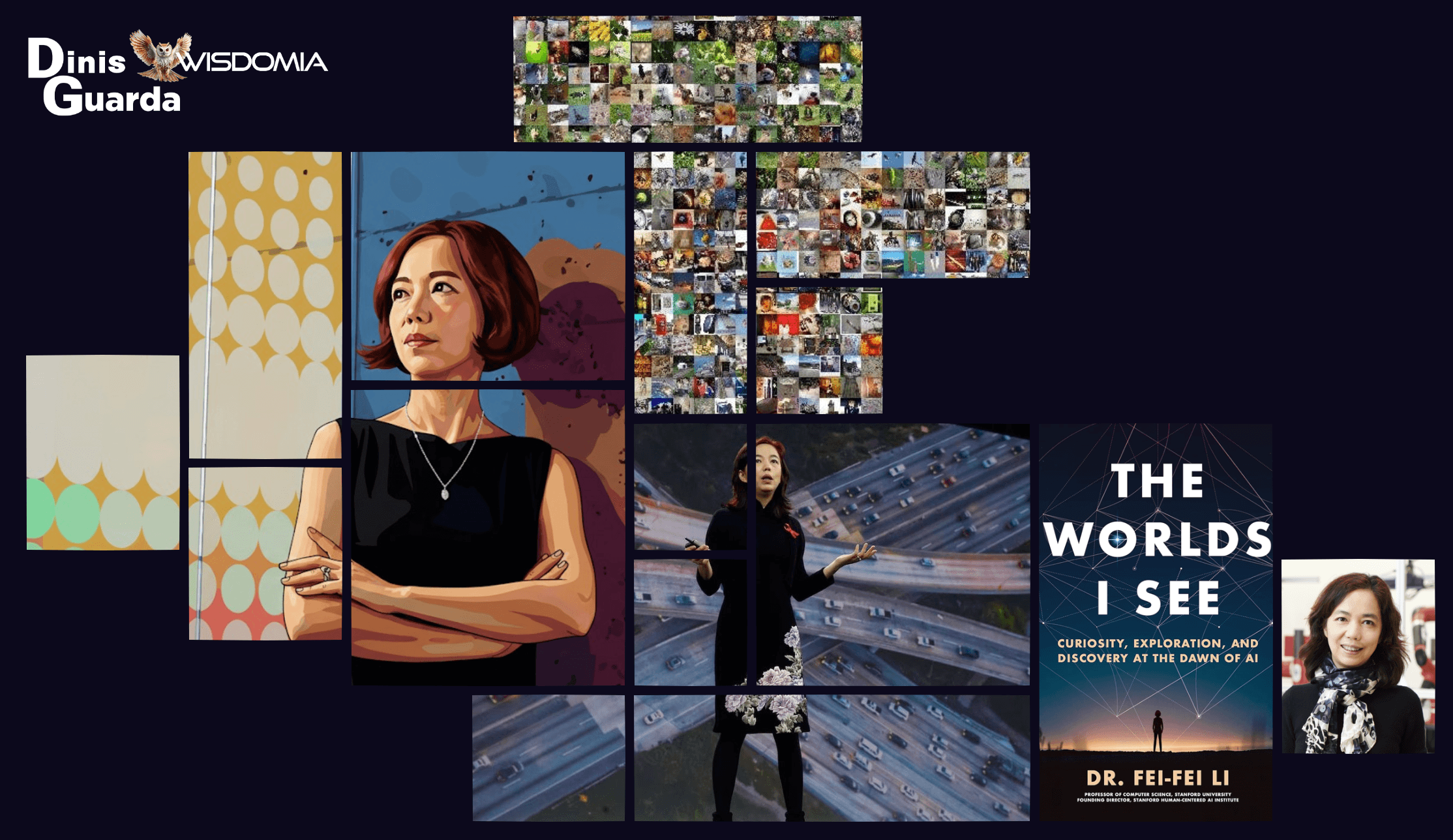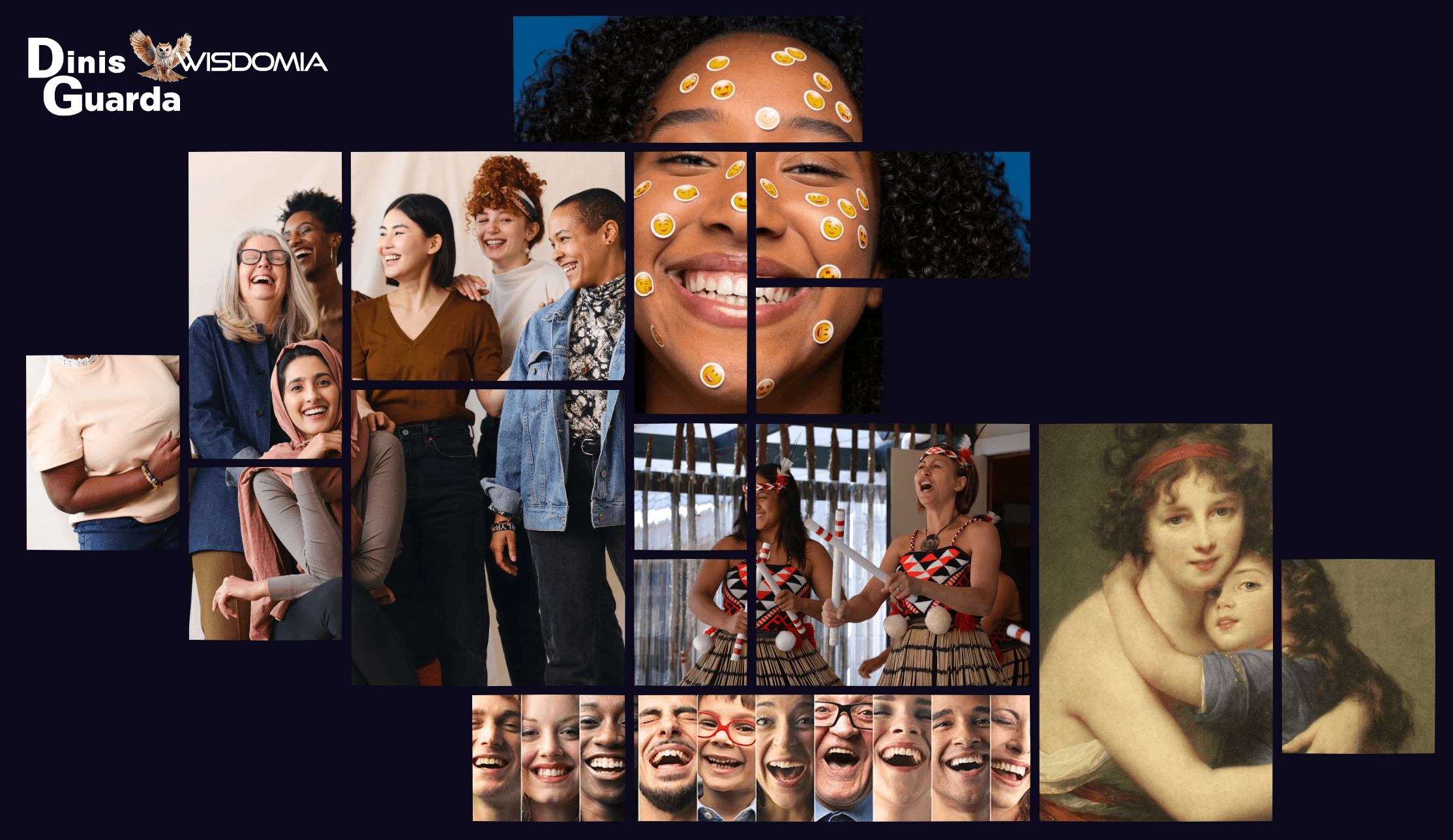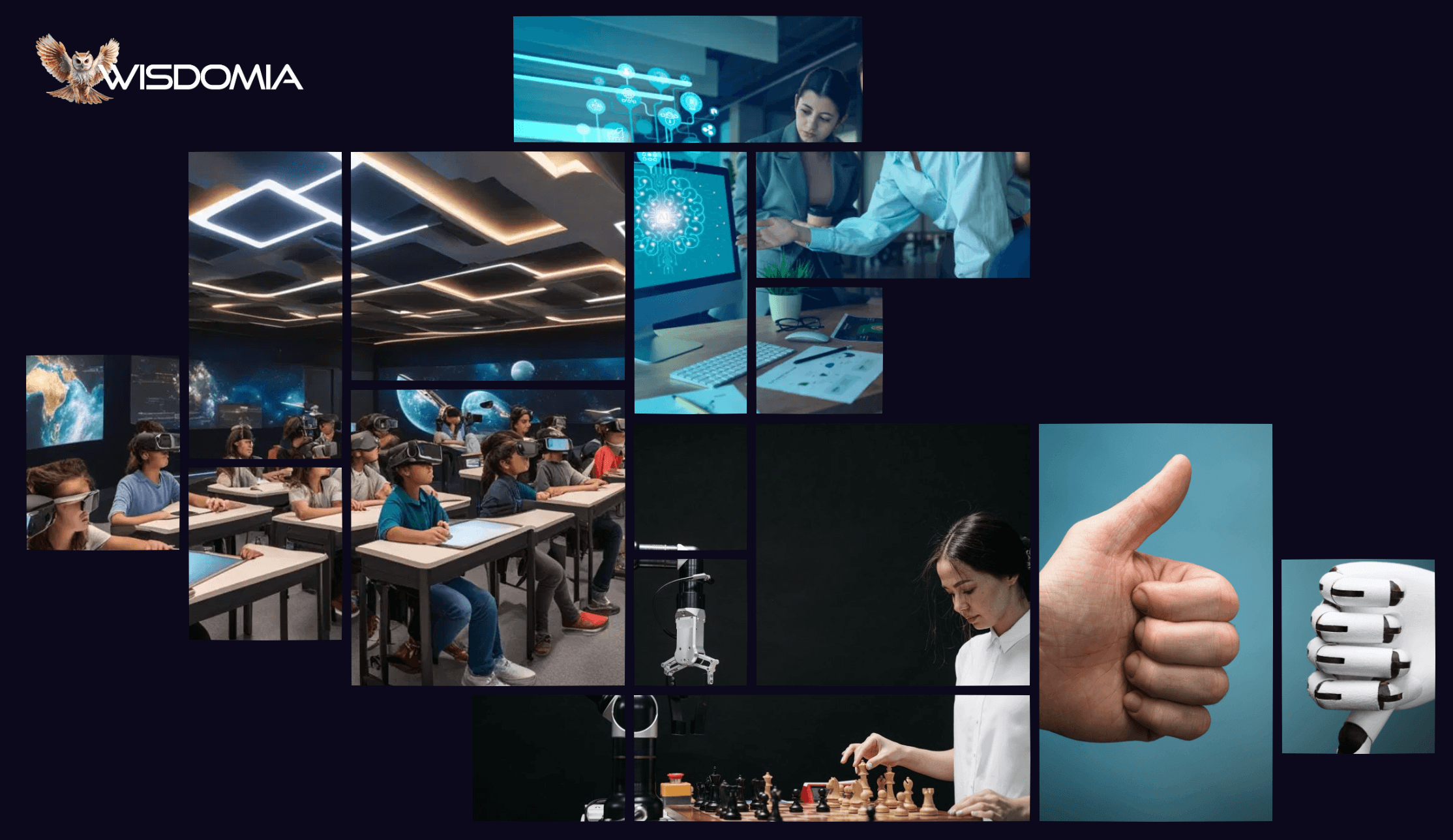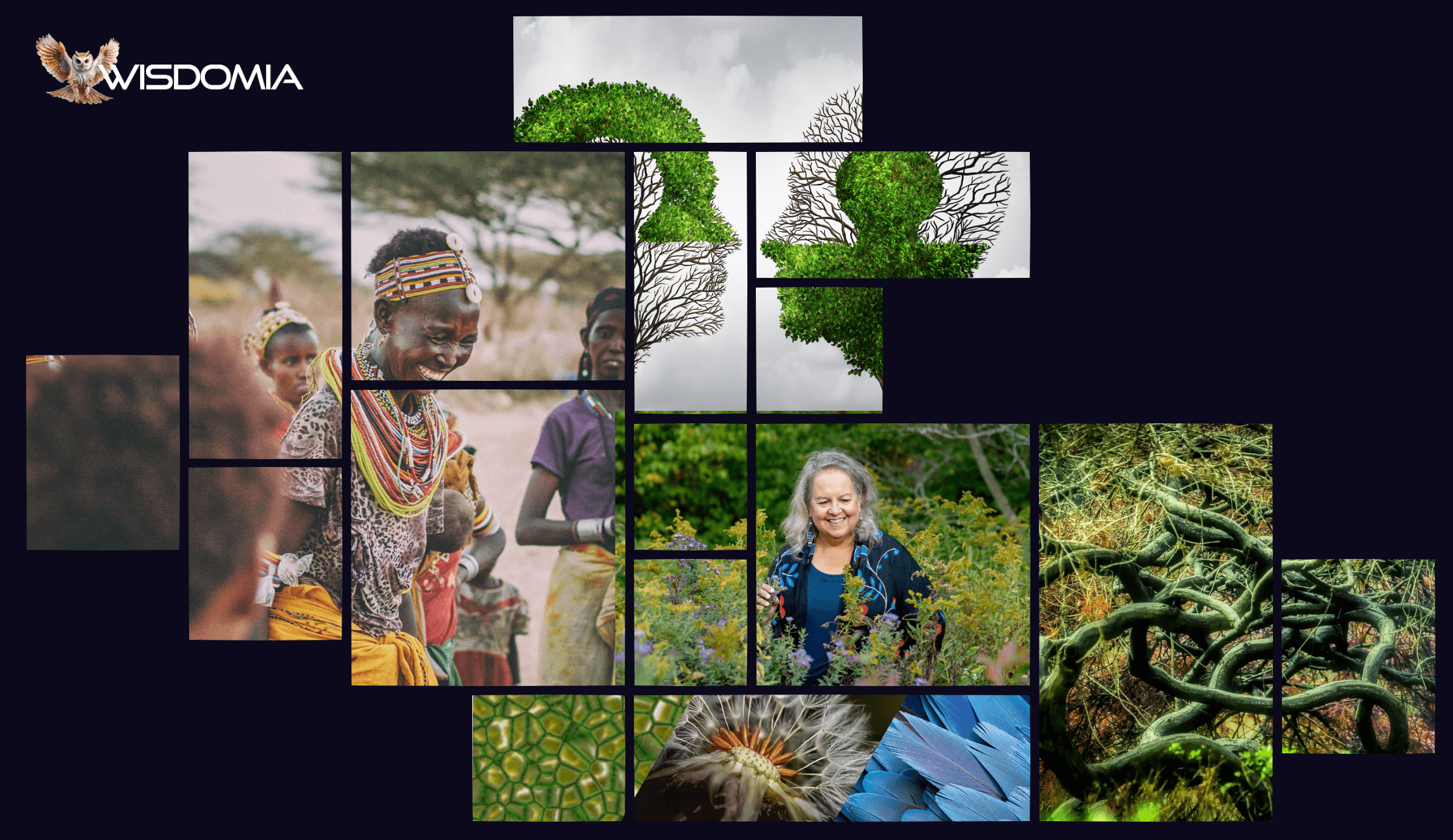Neuroception: What It Is and How It Can Transform Your Life
Sara Srifi
Thu Aug 07 2025

This comprehensive guide explores the fascinating world of neuroception, your body's hidden safety radar, and provides practical strategies for harnessing its power to improve mental health, relationships, and overall well-being.
In the depths of our nervous system lies an extraordinary ability that operates below the level of conscious awareness, continuously scanning our environment and determining whether we're safe or in danger. This revolutionary concept, known as neuroception, is transforming how we understand trauma, relationships, mental health, and healing. Discovered by renowned researcher Dr. Stephen Porges, neuroception reveals why some people feel anxious in seemingly safe situations while others remain calm in the face of genuine threats.
Understanding neuroception isn't just an academic exercise, it's a practical key to unlocking better mental health, deeper relationships, and a more regulated nervous system. In this comprehensive guide, we'll explore what neuroception is, how it works, and most importantly, how you can harness its power to improve your daily life.
What is Neuroception? The Science Behind Our Internal Safety System
Neuroception is the neural evaluation of risk and safety that reflexively triggers shifts in autonomic state without requiring conscious awareness. Conceived by Dr Stephen Porges, neuroception describes the body scanning our environment for cues of safety or danger. Unlike perception, which involves conscious awareness, neuroception operates automatically and instantaneously, much like breathing or heart rate regulation.
This process is fundamental to human survival and social connection. Our neuroception scans other people, our own body, and the environment for cues of safety and danger. As these cues come in, the nervous system reflexively and instantaneously shifts the ANS state to manage the situation and optimize survival.
Think of neuroception as your body's sophisticated early warning system, a neural radar that's constantly asking, "Am I safe?" The answer to this question determines whether your nervous system activates states of calm connection, mobilized defense, or immobilized protection.
The Creator: Dr. Stephen Porges and Polyvagal Theory
Dr. Stephen Porges, is the author of the Polyvagal Theory, a Distinguished University Scientist at the Kinsey Institute, a Professor of Psychiatry at the University of North Carolina at Chapel Hill, and creator of music-based intervention, the Safe and Sound Protocol.
Porges introduced the concept of neuroception as part of his groundbreaking Polyvagal Theory in the 1990s. This theory revolutionized our understanding of the autonomic nervous system by revealing that we have not just two states (fight-or-flight and rest-and-digest) but three distinct neural pathways that evolved to help us survive and thrive.
The three pathways include:
1. The Social Engagement System (Ventral Vagal)
This newest evolutionary pathway promotes safety, connection, and social bonding. When neuroception detects safety, this system comes online, allowing for calm communication, play, and intimacy.
2. The Sympathetic System (Fight-or-Flight)
When neuroception detects threat, this system mobilizes energy for action, fighting or fleeing. Heart rate increases, breathing becomes shallow, and muscles tense for action.
3. The Dorsal Vagal System (Freeze/Shutdown)
This oldest pathway activates when neuroception perceives life-threatening danger. It triggers immobilization, dissociation, or collapse as a last-resort survival strategy.
How Neuroception Works: The Unconscious Assessment Process
Neuroception operates through multiple channels simultaneously:
Environmental Scanning
Your nervous system continuously monitors your physical environment for signs of safety or danger, lighting, sounds, spatial arrangements, escape routes, and familiar versus unfamiliar elements.
Social Cues
Polyvagal Theory emphasizes sociality as the core process in mitigating threat reactions and supporting mental and physical health. Neuroception analyzes facial expressions, voice tones, body language, and proximity of other people. A warm smile and soft voice signal safety, while harsh tones or aggressive postures trigger defensive responses.
Internal Body Signals (Interoception)
Your body constantly communicates its internal state through sensations like heart rate, breathing patterns, muscle tension, and gut feelings. Neuroception integrates these internal signals with external cues to determine overall safety levels.
Past Experience Integration
Previous experiences, especially early childhood and traumatic events, shape how neuroception interprets current situations. Someone with a history of trauma may have a more sensitive threat detection system.
Neuroception in Daily Life: Why We Feel What We Feel
Understanding neuroception explains many common experiences:
Why Safe Spaces Don't Always Feel Safe
Sometimes we feel anxious or uncomfortable in objectively safe environments. This occurs when neuroception detects subtle cues of danger, perhaps fluorescent lighting that resembles a traumatic medical setting, or background noise that triggers old memories.
Instant Connections and Inexplicable Aversions
That immediate sense of trust or distrust when meeting someone new? That's neuroception at work, rapidly processing micro-expressions, voice patterns, and other subtle cues to determine whether this person is safe for connection.
Physical Symptoms Without Clear Causes
Headaches, digestive issues, or muscle tension may arise when neuroception detects threat, even when our conscious mind sees no danger. The body prepares for action or shuts down protectively.
The Magic of "Good Vibes"
When we enter a space and immediately feel relaxed and welcomed, neuroception has detected multiple safety cues, perhaps warm lighting, soft music, friendly faces, and open body language from others.
Faulty Neuroception: When the System Goes Awry
Sometimes neuroception becomes dysregulated, leading to challenging patterns:
Hypervigilance
The system becomes overly sensitive to threat, detecting danger where none exists. This can result from trauma, chronic stress, or developmental experiences that taught the system that the world is unsafe.
Hypovigilance
The opposite problem, failing to detect genuine threats. This might manifest as repeatedly entering dangerous relationships or situations because the warning system is underactive.
Mixed Signals
Sometimes neuroception sends contradictory messages, leaving us feeling confused about whether we're safe. This internal conflict can manifest as anxiety, indecision, or emotional volatility.
Therapeutic Applications: Healing Through Neuroception Awareness
In somatic therapy, understanding neuroception is essential for creating safe therapeutic environments, regulating the nervous system, and facilitating healing from trauma and emotional challenges.
Trauma-Informed Therapy
Therapists now recognize that healing trauma requires addressing neuroception. Creating safety cues in the therapeutic environment, soft lighting, comfortable seating, predictable routines, helps clients' nervous systems relax enough for healing to occur.
Somatic Approaches
Body-based therapies work directly with neuroception by teaching clients to notice internal sensations and environmental cues. This awareness helps people learn to distinguish between past and present, trauma responses and current reality.
Attachment Repair
Understanding neuroception is crucial for healing attachment wounds. Therapy focuses on creating new experiences of safety and attunement that can gradually retrain the nervous system to trust connection.
Group Healing
Neuroception explains why group therapy and community healing can be so powerful. When multiple nervous systems co-regulate in safety, it creates a powerful healing field that individual therapy alone cannot replicate.
Practical Strategies: Training Your Neuroception for Better Living
Practical ways to improve neuroception include mindful breathing, grounding exercises, social engagement, spending time in nature, and maintaining a consistent sleep routine.
Environmental Design
- Use warm, natural lighting instead of harsh fluorescents
- Create predictable, organized spaces that feel contained and safe
- Incorporate natural elements like plants, water sounds, or nature views
- Minimize clutter and chaos that can trigger threat responses
Social Connection Practices
- Practice active listening and empathetic responding
- Engage in activities that promote co-regulation like singing, dancing, or shared meals
- Cultivate relationships with people who help your nervous system feel calm
- Learn to recognize and communicate your nervous system states to others
Body Awareness Development
- Regular meditation or mindfulness practices to tune into internal sensations
- Breathwork that emphasizes slow, deep breathing to activate the ventral vagal system
- Movement practices like yoga, tai chi, or walking that integrate body awareness
- Progressive muscle relaxation to release chronic tension patterns
Sound and Music Therapy
Sound therapy is another ancient form of medicine that has been researched in recent years and found particularly effective for reducing anxiety. The use of low and mid-range frequencies in music and sounds produced with singing bowls is used in meditation and energy healing practices.
Dr. Porges' Safe and Sound Protocol uses specially filtered music to help retrain the nervous system's response to auditory cues, demonstrating the power of sound in neuroception regulation.
Neuroception in Relationships: The Foundation of Connection
Neuroception plays a crucial role in all relationships:
Romantic Partnerships
Partners continuously assess each other's safety through neuroception. Relationships thrive when both people's nervous systems regularly detect safety cues in each other's presence.
Parenting
Children's neuroception is highly sensitive to their caregivers' nervous system states. Calm, regulated parents help children develop healthy neuroception, while anxious or overwhelmed parents may inadvertently trigger their children's threat responses.
Workplace Dynamics
Office cultures that promote psychological safety allow employees' neuroception to relax, leading to increased creativity, collaboration, and productivity. Toxic environments keep nervous systems in chronic activation.
Community Building
Understanding neuroception can help create more inclusive, welcoming communities. When community leaders attend to the safety cues they're sending, more people feel comfortable participating.
Cultural and Artistic Expressions of Safety and Threat
Art, music, and cultural practices have always worked with neuroception, even before we had scientific language for it:
Sacred Spaces
Religious and spiritual traditions understand intuitively how to create environments that promote transcendent states, high ceilings, beautiful music, inspiring imagery, and community gathering all activate positive neuroception.
Musical Healing
Different musical elements trigger different neuroceptive responses. Gentle rhythms and harmonious melodies promote safety, while dissonant sounds may activate alert states. Traditional lullabies across cultures use specific frequencies that calm infant nervous systems.
Artistic Expression
Art therapy works partly through neuroception, creating and viewing art in safe spaces allows the nervous system to relax and process difficult experiences. Colors, shapes, and artistic styles all influence neuroceptive responses.
Cultural Rituals
Coming-of-age ceremonies, seasonal celebrations, and community gatherings create shared experiences that promote collective co-regulation and social bonding through positive neuroception.
The Future of Neuroception: Emerging Applications
Research into neuroception continues to expand into new areas:
Educational Environments
Schools are beginning to understand how classroom design, teacher-student interactions, and peer dynamics affect learning through neuroception. Creating educational environments that promote safety leads to better academic outcomes.
Healthcare Settings
Hospitals and medical offices are redesigning spaces to reduce patient stress and promote healing by attending to neuroceptive cues. This includes everything from lighting and sound design to staff training in nervous system awareness.
Technology and Digital Spaces
As we spend more time in digital environments, researchers are exploring how virtual spaces affect neuroception and what design elements promote psychological safety online.
Urban Planning
City planners are beginning to consider how public spaces can be designed to promote community well-being through positive neuroception, more green spaces, pedestrian-friendly design, and areas that encourage social connection.
Common Misconceptions and Important Clarifications
Neuroception vs. Intuition
While neuroception can feel like "gut instinct," it's actually a measurable neurobiological process, not mystical intuition. Understanding this helps us take our nervous system responses seriously while also recognizing they can sometimes be inaccurate.
Not Just About Trauma
While neuroception is crucial for trauma healing, it affects everyone's daily experience. Even people without significant trauma history benefit from understanding how their nervous system responds to environmental cues.
Beyond Individual Control
Neuroception is largely automatic and unconscious. While we can learn to influence it through practice and awareness, we can't simply "think" our way into feeling safe.
Cultural Variations
What feels safe or dangerous varies across cultures and individuals. Neuroception is shaped by both universal human needs and specific cultural learning.
Integrating Neuroception Awareness into Daily Life
Morning Routines
Start your day with practices that promote positive neuroception, gentle movement, natural light exposure, nourishing food, and connection with loved ones or pets.
Work Environments
Notice how different spaces and interactions affect your nervous system throughout the workday. Advocate for environmental changes that promote safety and well-being.
Evening Wind-Down
Create evening routines that help your neuroception shift from day-time alertness to night-time rest, dimming lights, gentle music, warm baths, or reading.
Relationship Check-Ins
Regularly assess how your nervous system feels in different relationships. This information can guide decisions about boundaries, communication needs, and social choices.
Embracing Your Inner Wisdom
Neuroception represents a profound shift in how we understand human experience, from viewing emotions and reactions as personal failings to recognizing them as intelligent responses of a sophisticated biological system designed for survival and connection.
By learning to work with rather than against our neuroception, we can:
- Create environments that naturally promote well-being
- Build relationships based on genuine safety and trust
- Heal from trauma through nervous system regulation
- Make decisions aligned with our body's wisdom
- Contribute to communities that support everyone's need for safety and belonging
With a better understanding of our bodies and neuroception, we can learn small ways to improve our mental health and heal from trauma every day.
The journey of understanding neuroception is ultimately a journey home to ourselves, learning to listen to the ancient wisdom encoded in our nervous system and using that knowledge to create lives of greater safety, connection, and authenticity.
In a world that often feels increasingly unsafe and disconnected, neuroception offers a roadmap back to our fundamental need for safety and belonging. By honoring this internal guidance system and learning to cultivate the conditions that allow it to flourish, we not only improve our own lives but contribute to creating a world where everyone's nervous system can relax into the joy of being alive.
References and Sources
- Stephen W. Porges Official Website - Comprehensive information about Polyvagal Theory and neuroception
https://www.stephenporges.com/
- Polyvagal Institute - Educational resources and research on Polyvagal Theory
https://www.polyvagalinstitute.org/whatispolyvagaltheory
- Khiron Clinics: Polyvagal Theory and Neuroception - Clinical applications and explanations
https://khironclinics.com/blog/polyvagal-theory-neuroception-the-fundament-of-feeling/
- NCBI: The Polyvagal Theory - Scientific research and peer-reviewed articles
https://www.ncbi.nlm.nih.gov/pmc/articles/PMC3108032/
- Frontiers in Neuroscience: Polyvagal Theory as a Science of Safety - Academic research https://www.frontiersin.org/journals/integrative-neuroscience/articles/10.3389/fnint.2022.871227/full
- ScienceDirect: Polyvagal Theory - A Biobehavioral Journey to Sociality - Research publication
https://www.sciencedirect.com/science/article/pii/S2666497621000436
- Denver Metro Counseling: Neuroception and Mental Health - Practical applications
https://denvermetrocounseling.com/understanding-polyvagal-theory-how-neuroception-impacts-mental-well-being/
- Ignite Counseling: Neuroception and Somatic Healing - Therapeutic applications
https://www.ignitecounselingcolorado.com/blog/spring-renewal-how-neuroception-enhances-somatic-healing
- Modern Intimacy: Neuroception and Safety - Relationship applications
https://www.modernintimacy.com/neuroception-how-your-brain-decides-if-your-world-is-safe/
- NEUROFIT: Neuroception in the Nervous System - Practical guidance and applications
https://neurofit.app/learn/en/neuroception_nervous_system/
previous
Joanna Macy: Deep Ecology and the Work That Reconnects
next
Embark on the Longest Train Ride in the World: A Journey Across Continents
Share this

Sara Srifi
Sara is a Software Engineering and Business student with a passion for astronomy, cultural studies, and human-centered storytelling. She explores the quiet intersections between science, identity, and imagination, reflecting on how space, art, and society shape the way we understand ourselves and the world around us. Her writing draws on curiosity and lived experience to bridge disciplines and spark dialogue across cultures.
More Articles

Fei-Fei Li – World-Building: Human Centric AI

The Science and Soul of Smiling: Why Your Face Holds the Power to Transform Your Life

The Switz Birds: Where Chaos Meets Curiosity

How AI Is Rewiring the Learning Brain: The Hidden Costs of Cognitive Convenience

The Creative Contract Between Humans and Earth: Restoring Reciprocity with the Living World





